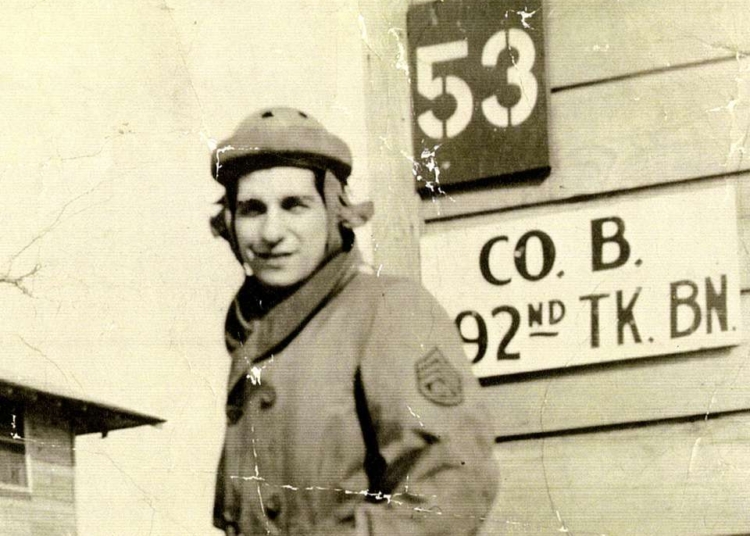The Bataan Death March was a horrific event that took place during World War II in the Philippines. After the Japanese forces defeated the American and Filipino troops in the Battle of Bataan, approximately 60,000 to 80,000 prisoners of war were subjected to extreme brutality and physical exhaustion during a grueling march of 65 miles. The POWs faced unimaginable atrocities, including beatings, bayonet stabs, and random killings. Many prisoners died from starvation, dehydration, and exhaustion along the way. Despite the overwhelming horrors, some prisoners fought for survival, sharing their meager rations and providing support to each other. The march ended at Camp O’Donnell, where thousands more prisoners died due to the harsh conditions. The Bataan Death March serves as a reminder of the sacrifices made during war and the importance of remembering and honoring those who endured unimaginable suffering.
The Bataan Death March: Surviving Hell on Earth
Introduction
The Bataan Death March was a dark chapter in the history of World War II. It took place in the Philippines in 1942, after the Japanese forces defeated the combined American and Filipino troops in the Battle of Bataan. The March itself was a grueling journey of approximately 65 miles, where around 60,000 to 80,000 prisoners of war (POWs) were subjected to extreme brutality, physical exhaustion, and many lost their lives. This article delves into the details of this horrific event and explores the accounts of the survivors.
The Beginning of the Nightmare
After the fall of Bataan on April 9, 1942, the Japanese forces gathered the disarmed and demoralized prisoners and forced them to embark on a long march with no regard for their physical well-being. The POWs were already weakened by the previous battle, suffering from malnourishment and diseases such as malaria and dysentery. The combined factors of starvation, extreme heat, lack of water, and constant physical abuse turned this march into a living nightmare.
The Horrors of the March
The Bataan Death March was marked by unimaginable atrocities committed by the Japanese soldiers towards the captives. The POWs were subjected to beatings, bayonet stabs, and random killings. Any sign of weakness or resistance was met with severe punishment, often resulting in death. The prisoners marched under the scorching sun with little to no breaks, causing severe dehydration, exhaustion, and many collapsed along the way.
Those who couldn’t keep up or fell behind were ruthlessly killed, either through bayonet stabs or being shot. The roads were littered with corpses, and the survivors were forced to navigate through the bodies of their fallen comrades. The cruelty also extended to denying the marchers access to food and water, leading to further suffering and death.
The Struggle for Survival
Amidst the hellish conditions, the prisoners fought for their survival. Many shared their meager rations with their fellow soldiers, providing support and camaraderie in the face of despair. Some managed to escape during the confusion or with the help of sympathetic locals, but their numbers were few. Most had to endure the entire march, relying on sheer willpower and the hope of surviving to see another day.
The Aftermath
The Bataan Death March ended on April 17, 1942, with the survivors reaching their destination, Camp O’Donnell. Out of the initial 60,000 to 80,000 prisoners, it is estimated that around 5,000 to 18,000 died during the march. Many others perished due to the harsh conditions, diseases, and the inhumane treatment they endured in the following months at the POW camps.
The Legacy and Remembrance
The Bataan Death March stands as a testament to the resilience and bravery of the POWs who endured unimaginable suffering. It serves as a reminder of the horrors of war and the importance of honoring the sacrifices made by those who fought to defend freedom. Survivors and their families continue to share their stories, ensuring that the memory of the Bataan Death March is not forgotten and that the lessons learned from this dark chapter in history are passed on to future generations.













